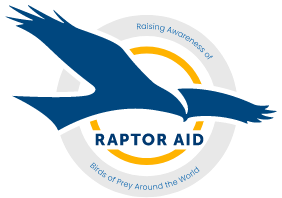History of Falconry
Falconry is the art of flying a trained bird of prey for the purpose of hunting. In days gone by, this was to provide food for the table. Historically, falconry is often quoted as the oldest field sport known to man; there is evidence of Chinese records describing falconry 2000 years or more ago. Throughout the next 2000 years, falconry appears in a variety of formats including cave drawings, Roman floors, jewelry, books and the Bayeux tapestry which shows King Harold of England with a bird in one scene. Falconry also appears in poems and literature with probably one of the most famous being the boke of Saint Albans. This book contained a treatise towards falconry, which helped people understand the language used within falconry and described feeding and illnesses. The book also included the hierarchy of raptors and the social ranks for each bird.
Emperor: eagle, vulture, merlin
King: gyrfalcon
Prince: gentle falcon
Duke: falcon of the loch
Earl: peregrine falcon
Baron: bustard
Knight: saker falcon
Squire: lanner falcon
Lady: merlin
Young man: hobby
Yeoman: goshawk
Poor man: male falcon
Priest: Sparrowhawk
Holy water clerk: Sparrowhawk
In 1864, the old hawking club was created in the UK, but falconry was still very much a sport of the upper class. The surviving members of this club went on to create the British Falconers club in 1927, which is now the longest running falconry club in Europe. A large amount of language we use in modern day has its roots within falconry terminology, some examples are shown below.
Cadge a lift - Falconers would carry their birds onto the moors on a wooden frame known as a cadge which was carried by a junior falconer known as a cadger. The birds were cadging a lift.
Fed up - We have all used the phrase fed up when you can't be bothered to do anything. This is a term used when a bird is full and then will become unresponsive to the falconer.
Under the thumb - When you say a friend is under the thumb and not allowed to make their own decisions this is how a falconer would control their bird. The bird would be sat on the falconer's fist with the leather straps or jesses under the falconer's thumb and held tight so the bird cannot move anywhere.
Falconry in the middle ages began to fall out of favour with the introduction of more accurate fire arms and then the introduction of game shooting. This completely changed the fortunes of birds of prey in the UK. The birds used within falconry in the UK were mainly wild taken birds from this country or imported from abroad but the introduction of legislation in the UK made the taking of any wild bird of prey for the purpose of falconry illegal. It is worth pointing out that although some people do not agree with any form of hunting or the keeping of animals and birds in captivity, falconers can be proud of the survival of Peregrine falcons from their decline caused by DDT. The current British Goshawk population is now thought to have come from falconry birds either escaped or released after the species was all but wiped out by gamekeepers and egg collectors.
